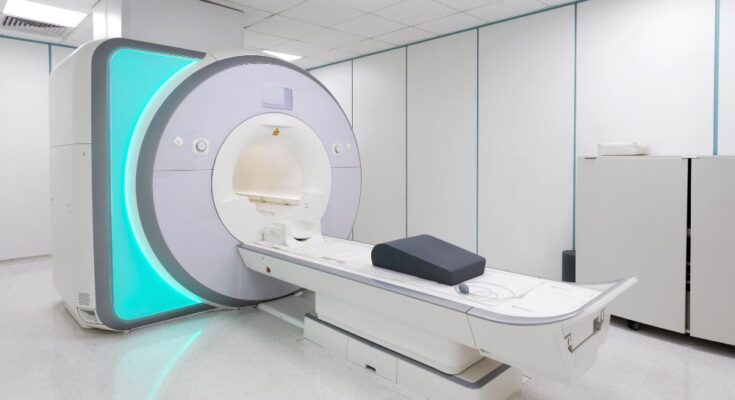Medical device validation is a critical process in the healthcare industry, serving as a foundational component that guarantees medical devices are both effective and safe for patient use. This meticulous process involves a series of assessments and tests designed to ensure each device meets rigorous regulatory standards and performs as intended under varying conditions.
Let’s look at how medical device validation ensures patient safety and why it is crucial for the success of medical devices.
The Importance of Medical Device Validation
Medical devices diagnose, treat, and monitor various health conditions, making them an integral part of patient care. As such, they must be safe and reliable to protect patients from harm. Without proper validation, a medical device may malfunction or cause harm to a patient, which can have serious consequences. This risk is why rigorous testing and validation of medical devices are essential in ensuring patient safety.
Types of Medical Device Validation
The process of validating a medical device involves several stages, each focusing on different aspects of the device’s performance. These include:
- Design verification: This stage involves reviewing the design and specifications of the device to ensure it meets the intended use and performance requirements.
- Design validation: Here, the device is tested in a simulated environment to determine if it performs as expected under different conditions.
- Software validation: As many medical devices rely on software for their functioning, this stage involves testing the software’s accuracy and functionality.
- Process validation: This step ensures the device’s manufacturing process consistently produces devices that meet quality and safety standards.
- Risk management: Throughout each stage, risk assessments are conducted to identify potential hazards and implement measures to mitigate them.
Ensuring Patient Safety
Medical device validation plays a crucial role in ensuring patient safety by:
- Preventing harm: Rigorous testing during validation ensures that any potential malfunctions or defects are identified and corrected before the device reaches patients, preventing harm.
- Meeting regulatory standards: Medical devices must meet regulatory standards to be approved for use. Validation provides evidence that a device meets these standards, ensuring its safety for patient use.
- Ensuring accuracy and reliability: Medical devices need to provide accurate and reliable results to ensure proper diagnosis and treatment of patients. Validation ensures that a device performs consistently under different conditions, ensuring its reliability.
- Adapting to changing conditions: Medical devices are often used in various settings with different environmental and physiological factors. Validation tests the device’s performance under these varying conditions, ensuring it remains safe for patients.
Medical device validation plays an essential role in ensuring patient safety by ensuring devices are safe, reliable, and meet regulatory standards. It is a crucial step in the development and manufacturing process of medical devices, and without it, patients could be at risk. There are many medical device testing methods and standards in place to ensure the safety and effectiveness of these devices, and it is through proper validation that care providers can guarantee patient safety. It is evident that medical device validation is a critical process in the healthcare industry that ultimately protects patients and ensures their well-being.



